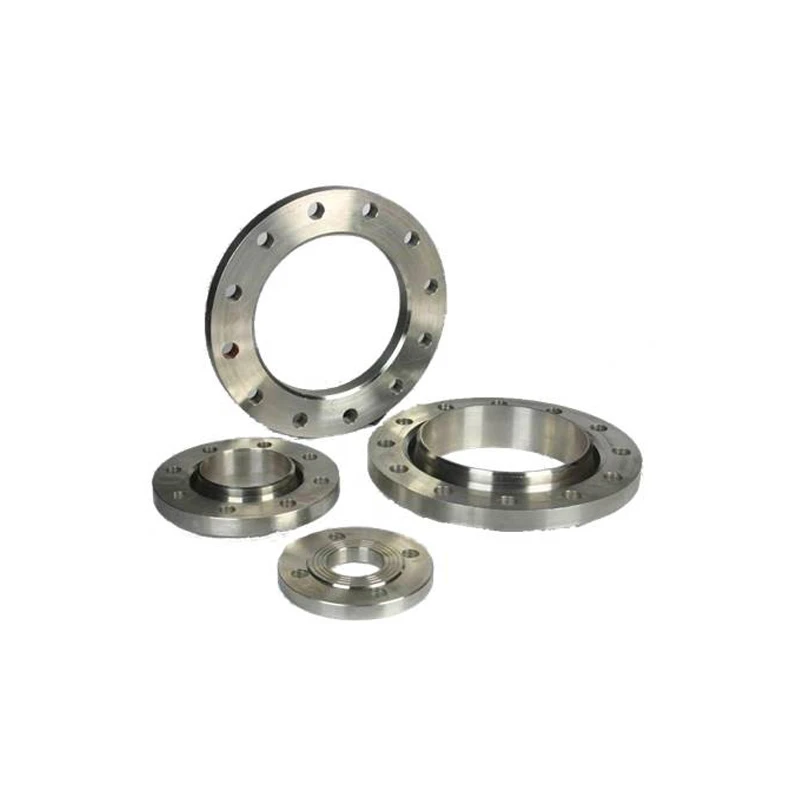
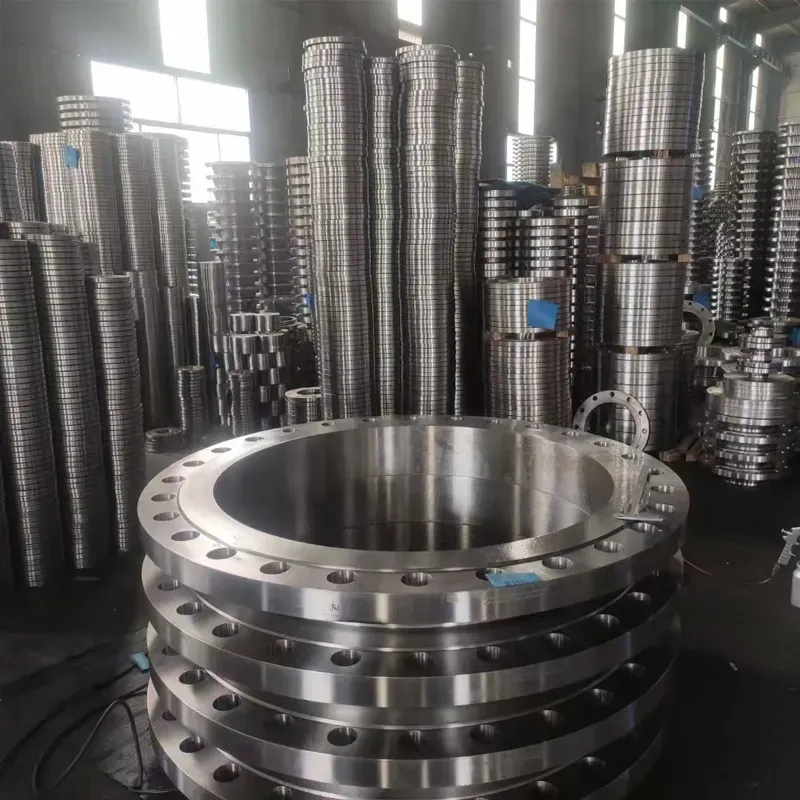
(1 1 4 flange)
The 1 1 4 flange
serves as a critical link within fluid, gas, and structural systems globally. Its widespread adoption is driven by its compatibility, versatility, and adaptability with international piping standards. Statistically, the industrial flange market surpassed USD 6.4 billion in 2022 and projected a CAGR of nearly 4.2% between 2023 and 2030, according to recent industry analyses. This growth is fueled by the rising demand for reliable connection solutions across chemical, petroleum, energy, and manufacturing sectors. Engineers, procurement managers, and system integrators consistently recognize the 1 1 4" (one-and-one-quarter inch) size flange for its perfect balance between flow capacity and installation flexibility.
Because systems are increasingly tailored for modular expansions and upgrades, the role of standardized, robust flanges like the 1 1 4 becomes central in plant design and system maintenance. This blog examines not only the core functions and technical edge of the 1 1 4 flange, but also delves into manufacturer selection, customized designs, and practical deployment data.
At the heart of every high-performance flange is a meticulous flange design. For sizes like 1 1 4", achieving optimal sealing integrity, load resistance, and corrosion prevention are critical. Finite Element Analysis (FEA) studies show that well-designed 1 1 4 flanges can handle internal pressures exceeding 250 psi when fabricated from ASTM A105 carbon steel, and up to 400 psi with stainless steel grades such as SS316. Key design advantages include:
Moreover, modern 1 1 4 flanges are often available with customizable face types—Raised Face (RF), Flat Face (FF), and Ring-Type Joint (RTJ)—depending on application pressures, temperatures (ranging from &8722;50°C to >500°C), and environmental chemicals.
The global flange supply chain is experiencing consolidation and advanced specialization. Flange China manufacturers have emerged as powerful players, offering competitive pricing and scalable production for standard sizes, including the 1 1 4 flange. Meanwhile, seasoned flange exporter companies from Western Europe, the USA, and Japan excel in bespoke engineering and certification-driven deliveries. To illustrate, consider the following direct comparison for industrial procurement:
| Criteria | China-based Manufacturer | Global Exporter (Europe/US/Japan) |
|---|---|---|
| Lead Time | 2–4 weeks (Std), 5–8 weeks (Custom) | 3–6 weeks (Std), 8–12 weeks (Custom) |
| Certifications | ISO 9001, CE (select), PED (limited) | ISO 9001, CE, PED, API, ASME, EN 1092 |
| Pricing (FOB per unit) | $3.2 – $7.5 | $7.8 – $14.0 |
| Material Range Offered | Carbon steel, stainless steel, ductile iron | Broader: includes exotic alloys, duplex, titanium |
| Batch Testing & Documentation | Selective: MTC, basic hydrotest | Comprehensive: MTC, NACE, Hydro, PMI, 3.1/3.2 Certs |
| Capacity (per month) | 50,000+ units | 10,000–25,000 units (custom lines) |
While China-based flange suppliers deliver rapid, high-volume shipments and cost advantages, global exporters are preferred for applications demanding in-depth traceability, niche materials, and rigorous compliance. Thus, the choice hinges on end-user requirements, regulatory landscapes, and project specifications.
Industrial projects increasingly require unique dimensions, coatings, and performance characteristics—attributes that off-the-shelf flanges cannot always satisfy. Customization capabilities are now a pivotal differentiator across leading manufacturers. Over 55% of OEMs report that at least one project annually involves custom flange requirements, with high-value projects (energy, pharmaceuticals) demanding:
Leading flange exporter firms often maintain Engineering-to-Order (ETO) teams, digital prototyping capabilities, and dedicated quality engineers. Case records show that custom-engineered flanges reduce unforeseen site delays by approximately 22% and lower total cost of ownership through lifecycle-specific design.
The impact of robust 1 1 4 flange deployments is evident across industries. In a 2023 case, a European petrochemical plant retrofitted its process lines with precision-forged, RTJ-face 1 1 4 flanges. Results demonstrated a 17% improvement in seal longevity and a 25% decrease in scheduled maintenance intervals. Key application segments include:
Such implementations underscore the importance of pairing technical expertise with application-specific engineering, each time maximizing system uptime and regulatory compliance.
Assurance of quality and compliance spans from upstream raw material selection to downstream third-party audits. Steel Chemistry Analysis confirms that for 1 1 4 flange production, 0.22–0.25% carbon content in carbon steel variants yields the best compromise between strength and weldability. Metallurgical examinations indicate achieving grain sizes between ASTM No. 6 and 8 minimizes embrittlement, especially in cryogenic or cyclic loading conditions.
Certifications such as PED (Pressure Equipment Directive), EN 10204 3.1/3.2, and NACE MR0175 (for sour gas applications) are increasingly non-negotiable. Non-destructive testing methods—ultrasonic, radiographic, magnetic particle—collectively ensure defect rates remain below 0.7%. The traceability framework provided through Mill Test Certificates (MTCs) and heat numbers guarantees accountability throughout the supply chain, shrinking warranty claim rates to record lows.
Consequently, advanced quality platforms, statistical process control, and batch testing have become core to world-class flange manufacturers, especially among recognized players in China and Western exporters.
The 1 1 4 flange market is at the threshold of significant transformation. Emerging trends include the adoption of digital twins for predictive maintenance, increased utilization of high-performance alloys to tackle aggressive process mediums, and a shift towards green manufacturing (reduced emissions, circular steel supply chains). Market research forecasts suggest that by 2028, upwards of 40% of global flange production will incorporate end-to-end digital traceability platforms.
Further, collaborative projects between flange China firms and international exporters are spurring the development of hybrid flange solutions—combining cost-effective mass production with specialized engineering. This collaborative outlook is set to reduce procurement risk, shorten project lead times, and enable more responsive supply models.
Ultimately, stakeholders—engineers, buyers, and plant owners—must prioritize technical credibility, lifecycle performance, and supplier trust when specifying the next generation of 1 1 4 flange products to ensure project success and operational excellence.
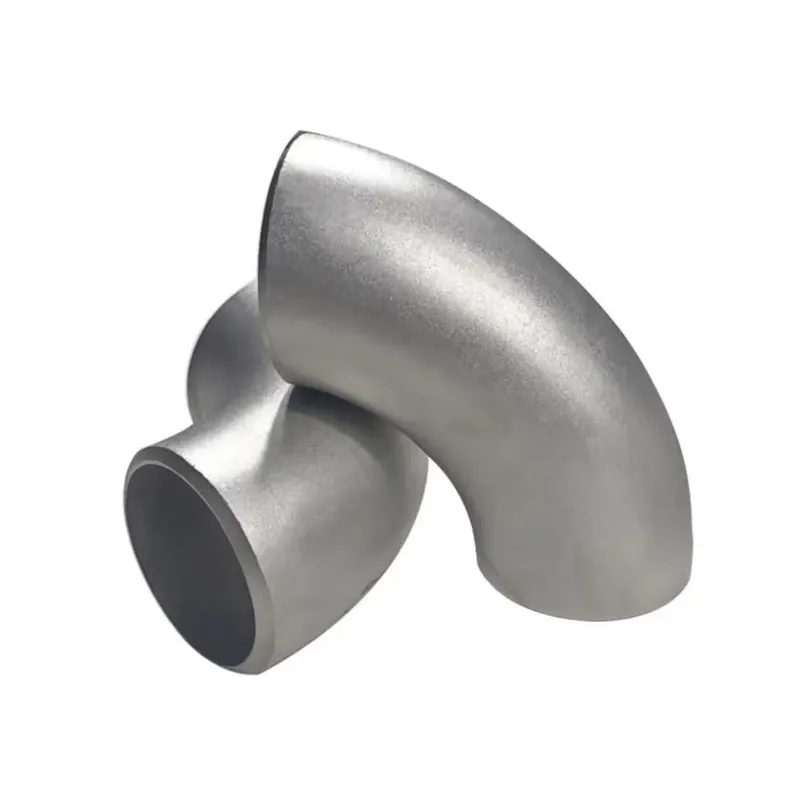
(1 1 4 flange)
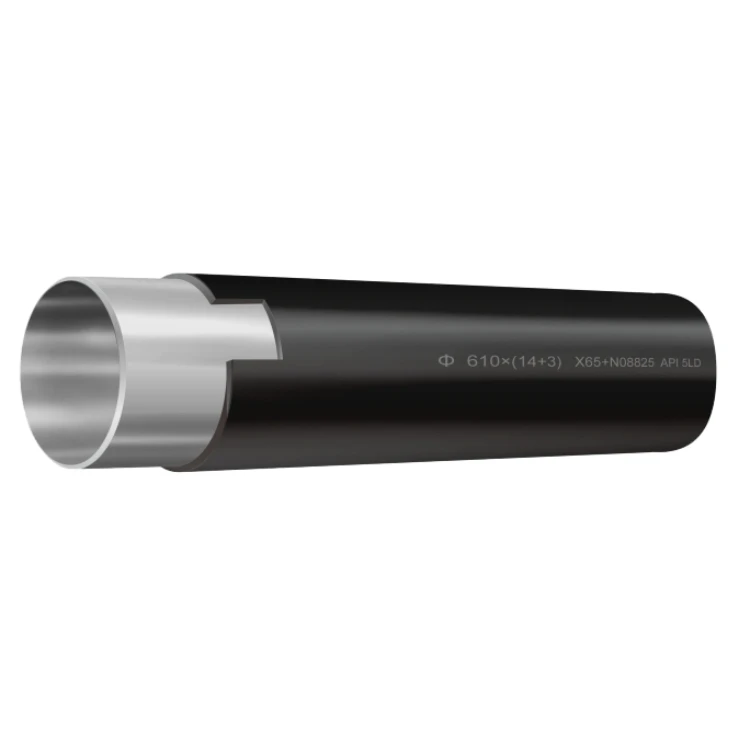
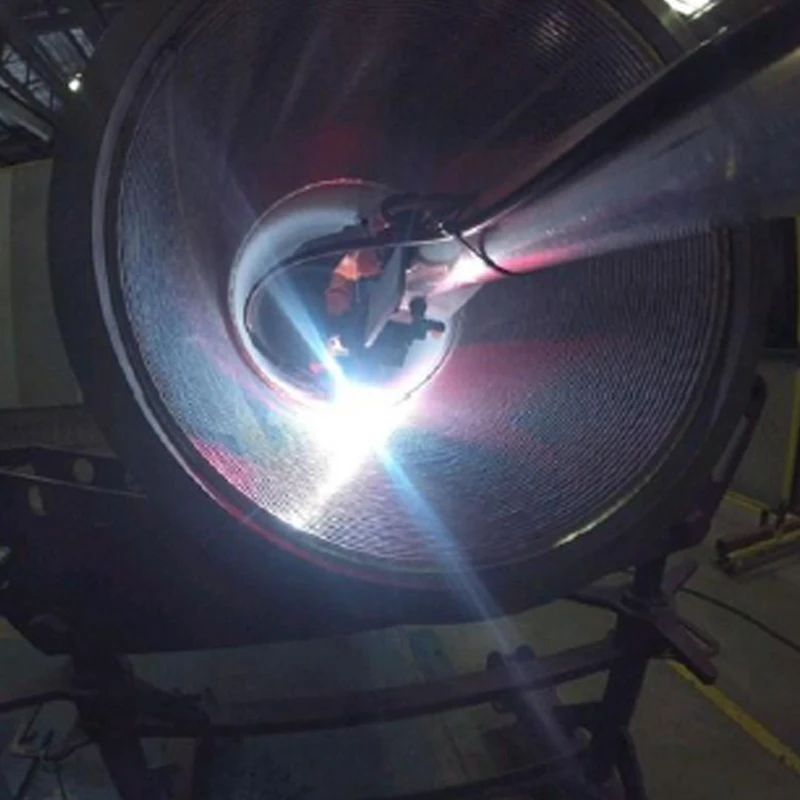
In-Depth Discussion Of Flanges: Cf40, Cl150, Cs And Their Applications
The Crucial Role of Flanges in Industrial and Utility Systems
Flange Varieties in Industrial Applications: A Comprehensive Overview
Flange Solutions for Enhanced Plumbing and Fixture Installations
Exploring the Diverse World of Flanges and Their Critical Roles
A Deep Dive into Flanges: Key Components for Connection and Sealing
弊社の製品にご興味がございましたら、こちらに情報を残していただければ、すぐにご連絡させていただきます。





